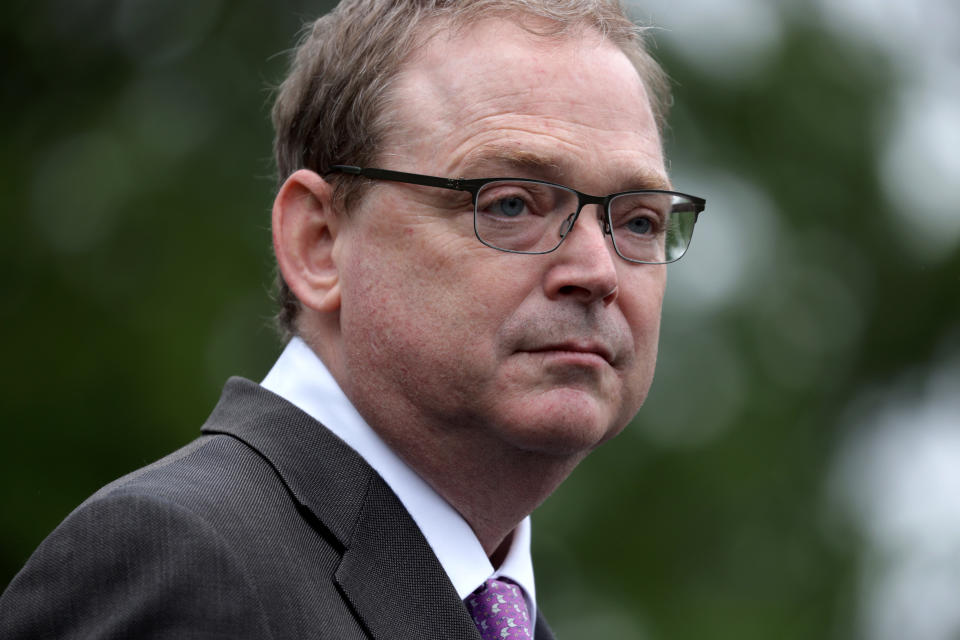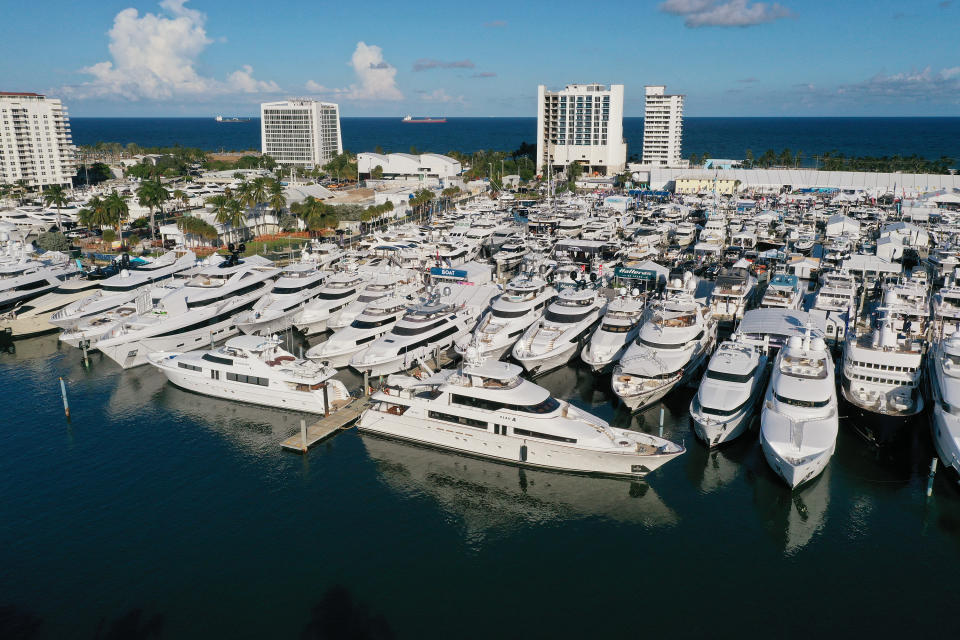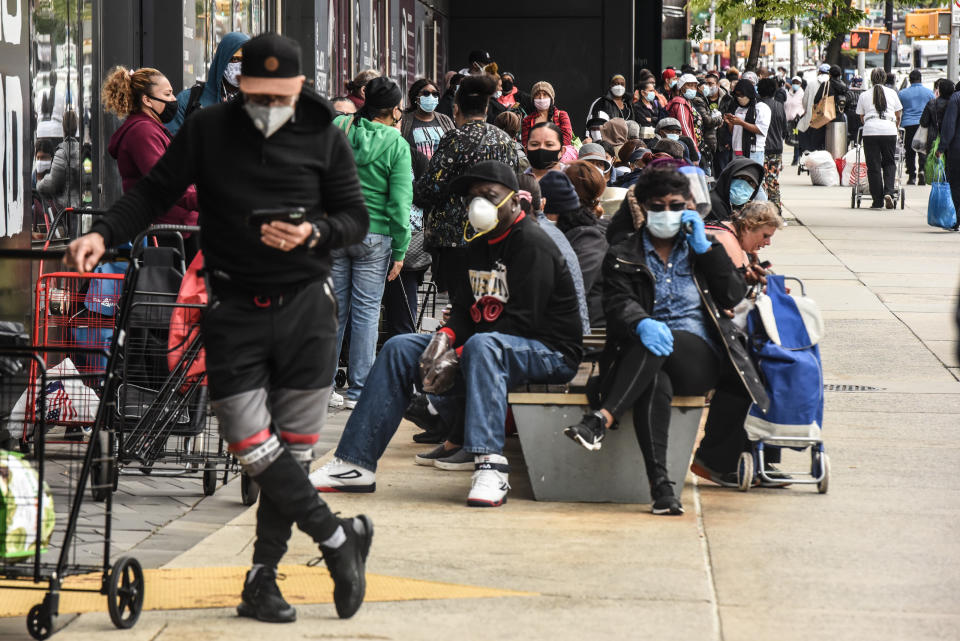Stuck in coronavirus lockdown without your yacht? Coping strategies of the 0.01 percent
In an interview with CNN over the holiday weekend, senior White House economic adviser Kevin Hassett said that the nation’s “human capital stock is ready to get back to work” after the country ground to a halt in an effort to stop the spread of the coronavirus. Hassett didn’t note that large portions of the human capital stock never stopped working — because they couldn’t afford to — while those with financial capital have reaped the benefits of their wealth and the federal response as the death toll in the United States ticked near 100,000.
As grocery store employees and frontline health care workers succumb to the virus, a study by the Institute for Policy Studies found that American billionaires saw their wealth increase by nearly half a trillion dollars over two months as the virus took hold in the country. One part of the coronavirus relief package passed by Congress was a tax code change that resulted in savings predominantly going to those who earn $1 million or more. The New York Times reported that billions in bailout money meant for struggling health care providers went to large hospital chains with substantial financial reserves. Banks earned $10 billion in fees administering the small-business relief loans while giving their favored clients what amounted to concierge service to get to the front of the line for bailout funding.

While stock prices have been climbing back from their lows, Goldman Sachs is now estimating that the unemployment rate could exceed 25 percent this year, while a separate report estimates that between 25 million and 43 million people could lose their health insurance during the pandemic. A survey released last week by the U.S. Census Bureau found more than 10 percent of households saying they were unable to afford their grocery bills, while almost a quarter of respondents said they would have difficulty paying for their housing for June. Last month Los Angeles County said that residents of poorer areas were three times more likely to die of the virus.
But the wealthy are not without their own problems. Last week Bloomberg published an article with the headline “Quandary for High Flyers: How to Travel Safely to Your Yacht.”
“It’s a modern quandary for the ultra-wealthy: a yacht awaits at harbor, but how to safely reach it without risking exposure to the germ-ridden masses?” asks the story, before revealing that if you can get your boat to Malta, an island in the Mediterranean off the coast of Italy, VistaJet will fly you there on a sanitized plane. As an added inducement, Malta “levies zero taxes on income or capital gains earned outside Malta and there’s no estate tax,” so it’s a great spot to buy a second citizenship as long as you can afford the $1.3 million price tag on your new passport.

Many of the yachtless wealthy fled to their second homes. An analysis of smartphone data found that the richest neighborhoods of New York City were abandoned as their residents left town, a sharp contrast to the city’s working-class neighborhoods that were hit the hardest by the virus. Martha’s Vineyard and Nantucket, islands off the coast of Massachusetts, saw an influx of private jets as the crisis surged. Other wealthy Americans, including many on the West Coast, retreated to New Zealand.
“We’re seeing people that never flew private before flying private,” said Jerod Davis, owner of a private jet charter company, even before many of the lockdowns went into effect. “There’s a lot of people in the country that have the means to fly private. It is expensive, but I think we’re getting a newer clientele into the market. And it’s addictive. Once you fly private and you see how efficient it is, a lot of people don’t go back. So that’s another reason why this could actually help our business.”
“There is a way that these crises fall with a different weight on people based on social class,” said Kim Phillips-Fein, a history professor at New York University. “Even though there’s a strong rhetoric of ‘We’re all in it together,’ that’s not really the case.”

Real estate brokers in the Hamptons, one of the getaways for New York’s wealthy, told New York magazine that demand was soaring. “I just had an eight-bedroom house on the waterfront,” said Laura White, a real estate agent, “never rented before. A renter wanted $200,000 for eight weeks. The landlord came back and said, ‘How about $750,000?’ I told my client and he said, ‘Fine. We’re on our way out.’”
Some wealthy are choosing to stay closer to home, as interest in personal bunkers also rose with the threats of the virus.
“Movie theaters are common” amenities in custom-built shelters, said Gary Lynch, general manager of Texas-based Rising S Bunkers. “We built one in California that has a shooting range, swimming pool and bowling alley.”
Prices for Lynch’s bunkers range from $39,500 (8 by 12 feet with a bunk bed, air filtration system, kitchen counter and toilet) to $8.35 million (containing a gym, sauna, swimming pool, hot tub, billiards room, greenhouse and garage).
_____
Click here for the latest coronavirus news and updates. According to experts, people over 60 and those who are immunocompromised continue to be the most at risk. If you have questions, please refer to the CDC’s and WHO’s resource guides.
Read more:




